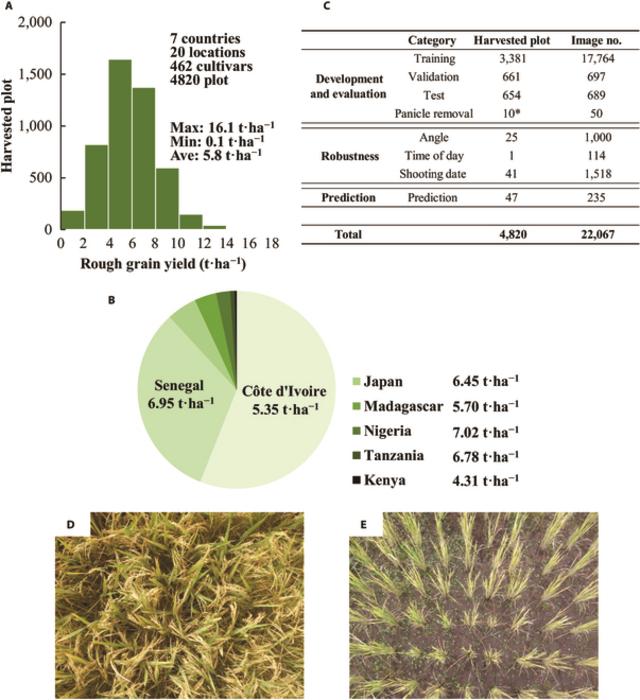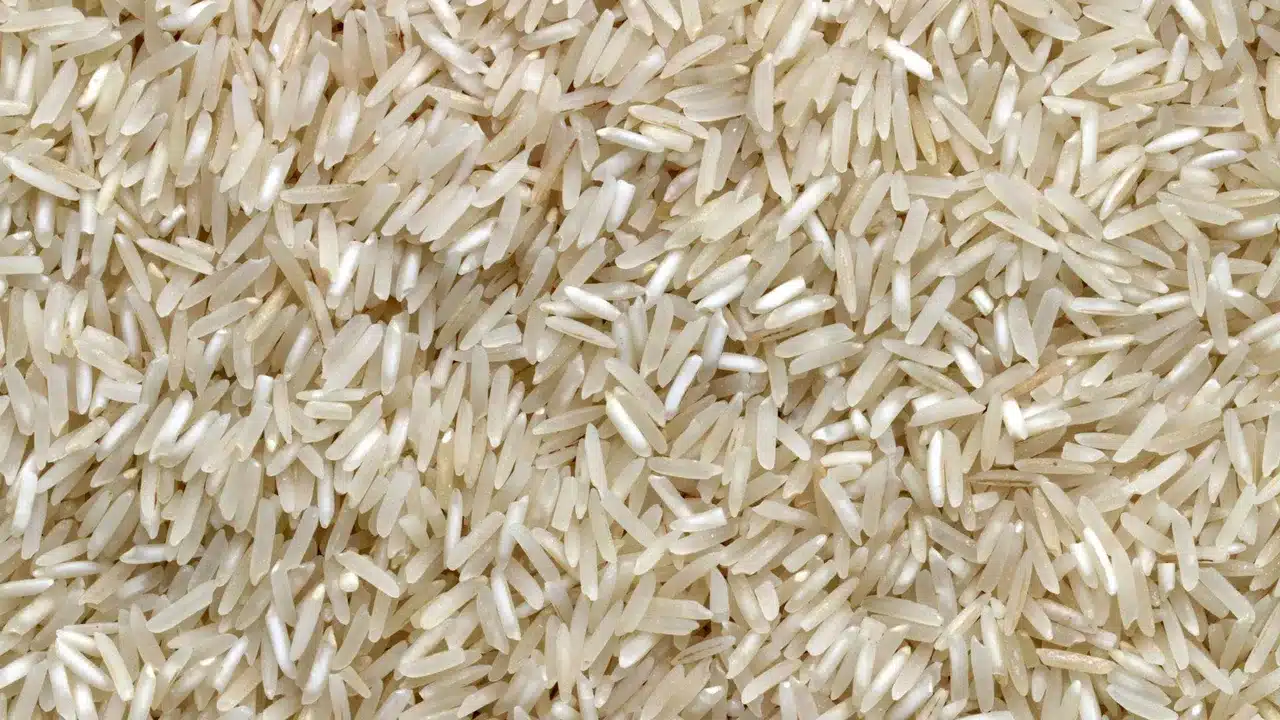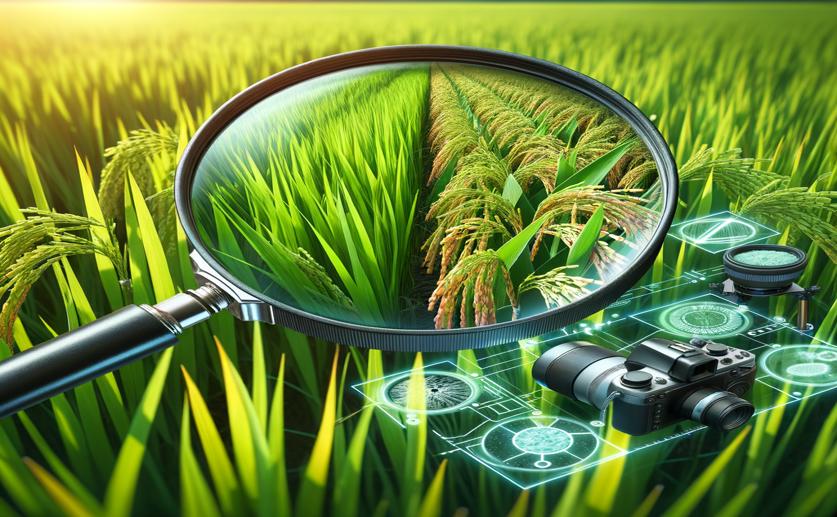Tags
Revolutionizing rice yield prediction: Groundbreaking study utilizes deep learning for sustainable agriculture
NANJING AGRICULTURAL UNIVERSITY THE ACADEMY OF SCIENCE

The global database of the rice canopy image and corresponding rough grain yield.
The increasing global demand for staple crops, projected to rise by 60% by 2050, is a pressing issue intensified by population growth, income increases, and biofuel usage. To meet this demand sustainably, intensifying existing cropland to minimize environmental impacts and yield gaps is critical. Traditional methods like self-reporting and crop cutting are either inaccurate or impractical, and while remote sensing technologies offer potential, their application remains limited in these regions. The advent of machine learning, specifically , deep learning with convolutional neural networks (CNNs), presents a promising avenue. This technology has shown proficiency in image analysis, yet its application in diverse agricultural contexts, especially for versatile crop yield estimation across various environments and cultivars, is unexplored.
In July 2023, Plant Phenomics published a research article titled “Deep learning enables instant and versatile estimation of rice yield using ground-based RGB images “.
This research utilized a multinational database of 4,820 harvested rice plots from 7 countries, encompassing 22,067 images. These images, capturing diverse rice production systems, cultivars, and management practices, were linked to corresponding rough and filled grain yields and aboveground dry weight. Notably, in this study a Convolutional Neural Network (CNN) model was developed to estimate rough grain yield from these images. The CNN structure featured multiple convolutional layers, pooling layers, and activation functions, including ReLU, ELU, and LeakyReLU. This optimized model, after testing different learning rates and batch sizes, explained 69% and 68% of yield variation for validation and test data, respectively. The model’s accuracy was further affirmed by its close match to the observed yields, with cultivars having more data in the training set showing less deviation in yield estimation. The model’s robustness was tested under various conditions: different shooting angles, varying times of day, and dates during the ripening stage. A crucial aspect of the study was understanding the interpretation of images by the CNN model for yield estimation. Techniques like occlusion-based visualization highlighted the importance of panicles in yield estimation. This was further corroborated by a panicle removal experiment, which showed a gradual decrease in estimated yield with the removal of panicles. The model’s practical applications are manifold, offering rapid, accurate yield estimation compared to traditional estimation methods. This is particularly relevant for high-throughput phenotyping and on-station agronomic experiments. However, the study acknowledges limitations, such as the model’s reduced accuracy with lower image resolutions and its current dataset not encompassing various stress conditions.
In conclusion, this study represents a significant advancement in using ground-based RGB images for accurate rice yield prediction. It opens avenues for efficient field management, informed policy decisions, and high-throughput phenotyping, potentially revolutionizing agricultural practices and sustainability.
###
References
Authors
Yu Tanaka1,2*†, Tomoya Watanabe3, Keisuke Katsura4, Yasuhiro Tsujimoto5, Toshiyuki Takai5, Takashi Sonam Tashi Tanaka6,7, Kensuke Kawamura5, Hiroki Saito8, Koki Homma9, Salifou Goube Mairoua10, Kokou Ahouanton10, Ali Ibrahim11, Kalimuthu Senthilkumar12, Vimal Kumar Semwal13, Eduardo Jose Graterol Matute14, Edgar Corredor14, Raafat El-Namaky15, Norvie Manigbas16, Eduardo Jimmy P. Quilang16, Yu Iwahashi1, Kota Nakajima1, Eisuke Takeuchi1, and Kazuki Saito5,10,17*†
Affiliations
1Graduate School of Agriculture, Kyoto University, Kitashirakawa Oiwake-chou, Sakyo-ku, Kyoto 606-8502, Japan.
2Graduate School of Environmental, Life, Natural Science and Technology, Okayama University, 1-1-1, Tsushima Naka, Okayama 700-8530, Japan.
3Graduate School of Mathematics, Kyushu University, 744, Motooka, Fukuoka Shi Nishi Ku, Fukuoka 819-0395, Japan.
4Graduate School of Agriculture, Tokyo University of Agriculture and Technology, 3-5-8 Saiwaicho, Fuchu, Tokyo 183-8509, Japan.
5Japan International Research Center for Agricultural Sciences, 1-1 Ohwashi, Tsukuba, Ibaraki 305-8686, Japan.
6Faculty of Applied Biological Sciences, Gifu University, 1-1 Yanagido, Gifu 501-1193, Japan.
7Artificial Intelligence Advanced Research Center, Gifu University, 1-1 Yanagido, Gifu 501-1193, Japan.
8Tropical Agriculture Research Front, Japan International Research Center for Agricultural Sciences, 1091-1 Maezato, Ishigaki, Okinawa 907-0002, Japan.
9Graduate School of Agricultural Science, Tohoku University, Aramaki Aza-Aoba, Aoba, Sendai, Miyagi 980-8572, Japan.
10Africa Rice Center (AfricaRice), 01 BP 2551 Bouaké, Côte d’Ivoire.
11Africa Rice Center (AfricaRice), Regional Station for the Sahel, B.P. 96, Saint-Louis, Senegal.
12Africa Rice Center (AfricaRice), P.O. Box 1690, Ampandrianomby, Antananarivo, Madagascar.
13Africa Rice Center (AfricaRice), Nigeria Station, c/o IITA, PMB 5320, Ibadan, Nigeria.
14Latin American Fund for Irrigated Rice – The Alliance of Bioversity International and CIAT, Km 17 Recta Cali-Palmira, C.P. 763537, A.A. 6713, Cali, Colombia.
15Rice Research and Training Center, Field Crops Research Institute, ARC, Giza, Egypt.
16Philippine Rice Research Institute (PhilRice), Maligaya, Science City of Muñoz, 3119 Nueva Ecija, Philippines.
17International Rice Research Institute (IRRI), DAPO Box 7777, Metro Manila 1301, Philippines.
About Yu Tanaka & Kazuki Saito
Yu Tanaka: He is an associate professor at the Graduate School of Agriculture, Kyoto University.
Kazuki Saito: He is a Principal Scientist at Africa Rice Center (AfricaRice). He has made significant contributions to rice breeding projects in Africa by discovering new breeding materials, developing selection methods, and conducting other research to improve food self-sufficiency in Africa. He was also recognized for his significant achievements in improving and consolidating rice farming systems for small-scale farmers and improving farmers’ livelihoods and nutrition.
https://www.eurekalert.org/news-releases/1029439Published Date: December 20, 2023







